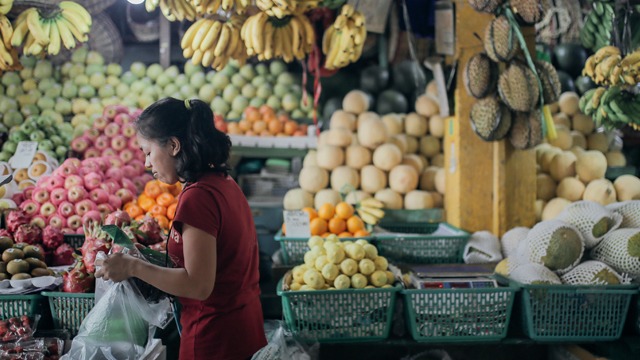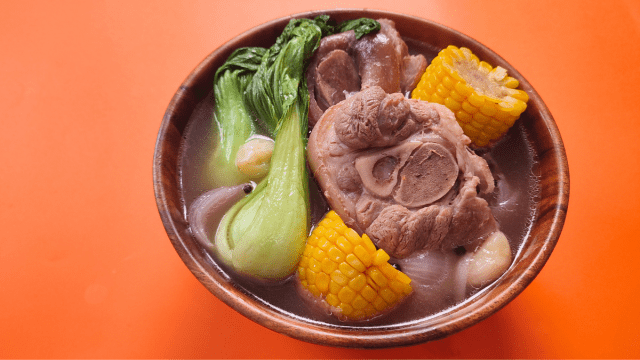
In light of recent events, one that has seen an uproar from Filipinos, concerns the Nueva Ecija farmers selling their harvested rice for the measly amount of P7 per kilo. This is connected to the Rice Tariffication Law.
What is the Rice Tariffication Law (RTL)
It was in February 2019 that the Rice Tariffication Law, “An Act liberalizing the importation, exportation, and trading of rice, lifting for the purpose the quantitative import restriction on rice,” was signed into law by President Rodrigo Duterte. The RTL focuses on having rice importers pay a tariff. Southeast Asian countries will pay a 35% tariff, while non-ASEAN members pay a 50% tariff or the tariff dictated by the World Trade Organization.
These efforts that focus on rice importation aim to make rice more accessible to Filipinos, as rice from countries like Vietnam and Thailand are sold at a more affordable price. But what happens to Filipino rice farmers? Are there safety nets for our farmers?
How It Affects Farmers
One of the main issues concerning the RTL is that Filipino rice farmers are having, and may continue to have, a hard time competing with imports that come with a cheaper price tag.
According to the RTL, farmers should be protected by the Rice Competitiveness Enhancement Fund (RCEF). The annual amount of P10 billion from this program should address the income increase of Filipino farmers and funding the farmers with assistance. The assistance can range from the development of inbred rice seeds, rice farm equipment, and skills enhancement.
Given the ongoing battle of rice farmers who should be benefitting from the Rice Competitiveness Enhancement, the farmers claim that they do not feel that they are being helped out by the government. In a report by ABS-CBN News, the Kilusang Magbubukid ng Pilipinas (KMP) says that only the registered cooperatives of the government are the only ones benefitting from the RCEF, and that only 150 cooperatives out of the 2.7 million rice farmers are registered. Narcing Manalad, one of the farmers, even says, “Saan sasapat ‘yang P15,000 na ‘yan? Samantalang ‘yong puhunan mo lang sa pagsasaka ay dito pa lang sa mga input, halos P10,000 plus na.”
How It Affects Consumers
Consumers will be affected because the Rice Tariffication Law also concerns inflation rates. RTL implies that the rice sold in markets should be priced lower to become more affordable and accessible to all Filipinos.
Even if, let’s say, the RTL is still in its early stages, we should always be wary of how much money we are actually spending on rice. The Philippine Statistics Authority shows that regular milled rice should retail for P38.4 per kilo while well-milled rice cost P43.5 per kilo as of the second week of August 2019. According to Rappler, “On average, farmers sell palay for a little over P17 per kilo, much lower than the P22 last year.”
This should raise questions: Even if local rice farmers are already selling their harvest at a low cost, why do market prices not reflect these concerns? Why are you paying for twice, sometimes thrice, as much for a kilo of rice?
Recommended Videos
What can you do?
What can we do as advocates who want to help our local farmers? We buy from local farmers! You can mostly find these in local markets and specialty stores whose goal is to help our local producers. There are the likes of Session Groceries, an online grocery that sells produce from Baguio, or Cropital, which is a crowdfunding platform that connects anyone to help finance our farmers.
Jam Melchor, the founder of Philippine Culinary Heritage Movement and the country head of Slow Food Youth Network Philippines, also offers a solution for the farmers. He says, “And for farmers to learn how to slowly plant other crops so they are protected when one cash crop is at a low price or no harvest”
Even though the Rice Tariffication Law is still in its seventh month and may still be experiencing birthing pains, we should remain vigilant with what is happening to our agriculture landscape. We should help each other by keeping ourselves informed about our resources and the livelihood of our kababayan.












